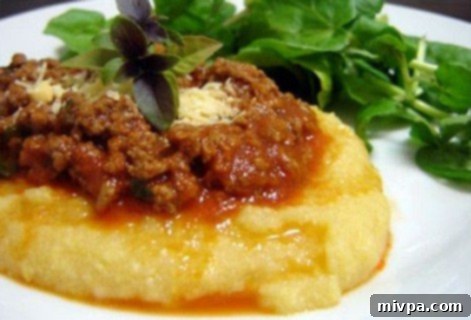Baked Polenta Bruschetta with Fresh Tomato-Onion Topping: A Delightful & Healthy Appetizer Recipe
There are moments in every home cook’s journey when the routine feels, well, routine. We find ourselves cycling through the same beloved recipes, passing them from one well-worn cookbook to another, until the culinary spark begins to dim. This was precisely my predicament recently. A craving for something entirely new and exciting, a dish that hadn’t yet graced my kitchen, grew overwhelmingly strong. It was time for a delightful departure from the familiar.
The Quest for Culinary Adventure: Finding a Fresh Perspective
My search led me to an issue of Maru Botana’s monthly food magazine, a treasure trove of inspiring dishes. As I casually flipped through the pages, a particular recipe immediately caught my eye. It promised simplicity, vibrant colors, and deliciousness – all the hallmarks of a perfect culinary experiment. The original concept was for a mushroom and broccoli topping on baked polenta bruschetta. However, the allure of classic bruschetta, with its juicy tomatoes, pungent onions, aromatic oregano, and generous drizzle of olive oil, was too strong to ignore. I decided to customize the recipe, ensuring it aligned perfectly with my cravings.
Beyond taste, I also had a more personal goal: embracing a healthier eating lifestyle. This meant opting for baking over grilling, a small but significant step towards lighter fare. With instant polenta in one hand, and a vibrant medley of fresh tomatoes and onions in the other, I embarked on my experiment. Fingers and toes were crossed, hoping this amended recipe would not only work out but truly shine. And I am absolutely thrilled to report that it did!
While many are accustomed to polenta served as a soft, creamy side dish, similar in texture to mashed potatoes, this recipe offers a refreshing and fun twist. It transforms the humble cornmeal into a crisp, flavorful base for bruschetta, adding a wonderful touch of color and sophistication to any table.
Decoding Polenta: More Than Just Cornmeal
For those unfamiliar with this versatile ingredient, let’s explore: what exactly is polenta? Wikipedia defines polenta as coarsely or finely ground yellow or white maize (cornmeal) used as a foodstuff. Its preparation typically involves boiling it to a paste in water or a flavorful liquid like soup stock. Once cooked, polenta can be enjoyed immediately with various other ingredients, or it can be further prepared by baking, frying, or grilling. In fact, leftover polenta is often repurposed in these ways, making it an excellent ingredient for meal prepping and minimizing food waste.
Polenta’s signature smooth and creamy texture is a result of the gelatinization of starch within the grain during cooking. However, the final consistency can vary. A coarse grind or the use of particularly hard grains, such as flint corn, might result in a less homogeneous, slightly more textured polenta. Traditionally, polenta requires a significant cooking time, often simmering for about 45 minutes in four to five times its volume of liquid, with almost constant stirring. This continuous agitation is crucial for achieving an even gelatinization of the starch and preventing lumps.
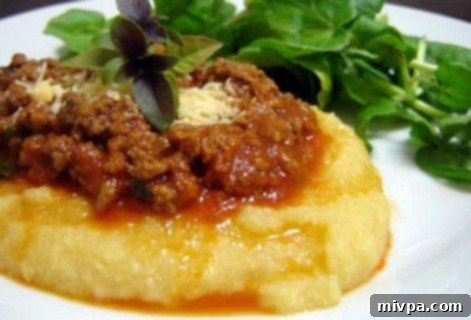
Instant vs. Traditional Polenta: A Modern Cook’s Choice
While traditional polenta offers a deeply satisfying flavor and texture, modern culinary demands often call for speed and convenience. This is where quick-cooking or instant polenta comes into play. Widely available, instant polenta can be prepared in just a few minutes, significantly cutting down on the cooking time and supervision required. Although some purists might consider it inferior to polenta made from unprocessed cornmeal, especially when eaten as a soft paste, instant polenta truly excels when baked or fried after its initial simmering. For my first foray into polenta making, and given my preference for quick and easy methods, instant polenta was the obvious choice. And I’m delighted to confirm that it performed beautifully, yielding fantastic results!
Polenta Bruschetta: A Versatile and Vibrant Alternative
This baked polenta bruschetta is a fantastic alternative to traditional toasted bread, offering a naturally gluten-free base that’s both satisfying and flavorful. Its versatility is truly remarkable – it can be accompanied by virtually any topping imaginable, from roasted vegetables and cheeses to cured meats or even sweet fruit concoctions. It’s quick to make, easy to prepare in advance, and keeps well, making it an ideal candidate for entertaining or a healthy snack. This vibrant dish serves as an excellent starter to any meal, providing a unique texture and a delightful canvas for your favorite flavors.
Whether you’re hosting a dinner party, looking for a healthy appetizer, or simply want to try something new, this polenta bruschetta with its fresh tomato-onion topping is sure to impress. It’s a testament to how simple ingredients can create extraordinary flavors.
Buon appetito!
The Recipe: Baked Polenta Bruschetta with Fresh Tomato-Onion Topping
Yield & Prep Time:
Yields: Approximately 18 portions
Prep time: 20 minutes active, plus 1 hour chilling and 40 minutes baking
Ingredients:
- 2 cups of instant polenta mix (fine or medium grind)
- 6 cups of water (for cooking polenta)
- 2 large ripe tomatoes, firm and juicy
- 1 large onion, preferably red or sweet, finely chopped
- A generous handful of dried oregano, or 2 tablespoons fresh, chopped
- Salt to taste (sea salt or kosher salt recommended)
- Extra virgin olive oil, for drizzling
Instructions:
- Prepare the Polenta: In a large pot, bring the 6 cups of water to a rolling boil. Once boiling, remove the pot from the heat source to prevent scorching.
- Add Polenta: Slowly pour the instant polenta mix into the hot water in a steady stream, resembling rainfall. Simultaneously, stir the mixture continuously with a whisk or wooden spoon for the next 2 minutes. Continue stirring until the polenta reaches a thick, smooth, and desired consistency.
- Chill the Polenta: Immediately pour the cooked polenta onto a flat baking tray (approximately 9×13 inches works well). Using an offset spatula or the back of a spoon, flatten the polenta evenly until it reaches a thickness of about 1 to 1.5 cm (approximately 0.5 inches). Refrigerate the tray for at least 1 hour, or until the polenta has firmed up and is cool to the touch.
- Preheat Oven & Cut Polenta: Preheat your oven to 180°C (350°F). Lightly grease a baking tray or line it with parchment paper. Once the polenta has hardened, use a cookie cutter (about 2-3 inches in diameter) or the rim of a small cup to cut out individual circles. Carefully place these polenta rounds onto the prepared baking tray.
- Bake Polenta Bruschetta: Bake the polenta circles for approximately 40 minutes, or until they are golden brown and crusty on the outside, yet tender on the inside. Baking time may vary slightly depending on your oven and polenta thickness.
- Prepare Topping: While the polenta bakes, finely chop the tomatoes and onions into small, dice-sized pieces. In a medium bowl, combine the chopped tomatoes and onions. Drizzle generously with olive oil and sprinkle with salt to taste. Mix well to combine all the flavors.
- Serve: Once the polenta bruschetta are freshly baked and slightly cooled, transfer them to a serving platter. Spoon a generous amount of the fresh tomato-onion topping onto each polenta round. Finish by sprinkling dried oregano over the top of each bruschetta for an aromatic flourish. Serve immediately and enjoy!
Step-by-Step Visual Guide to Your Polenta Bruschetta
Follow these visual steps to effortlessly create your own delicious Polenta Bruschetta:
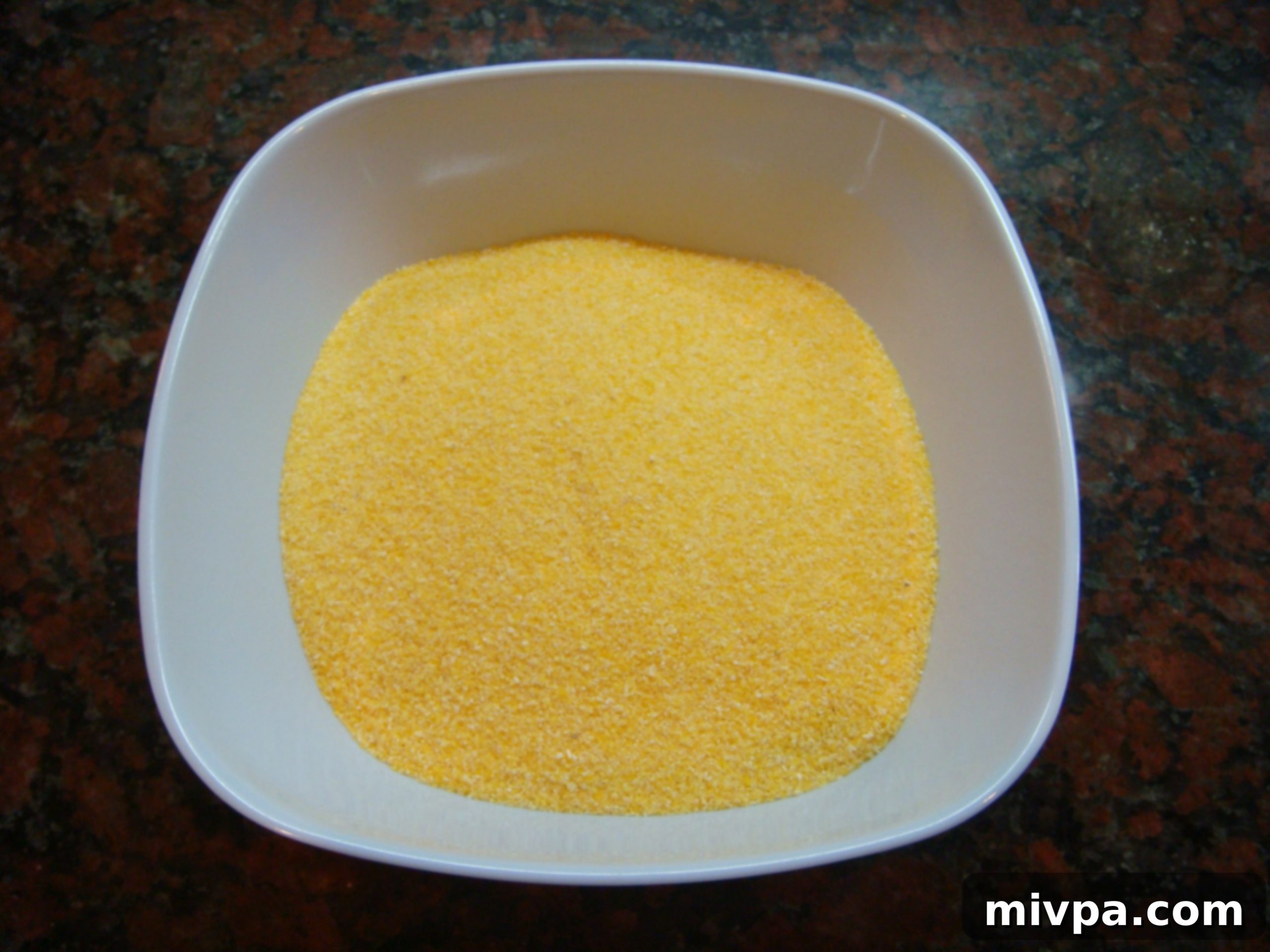
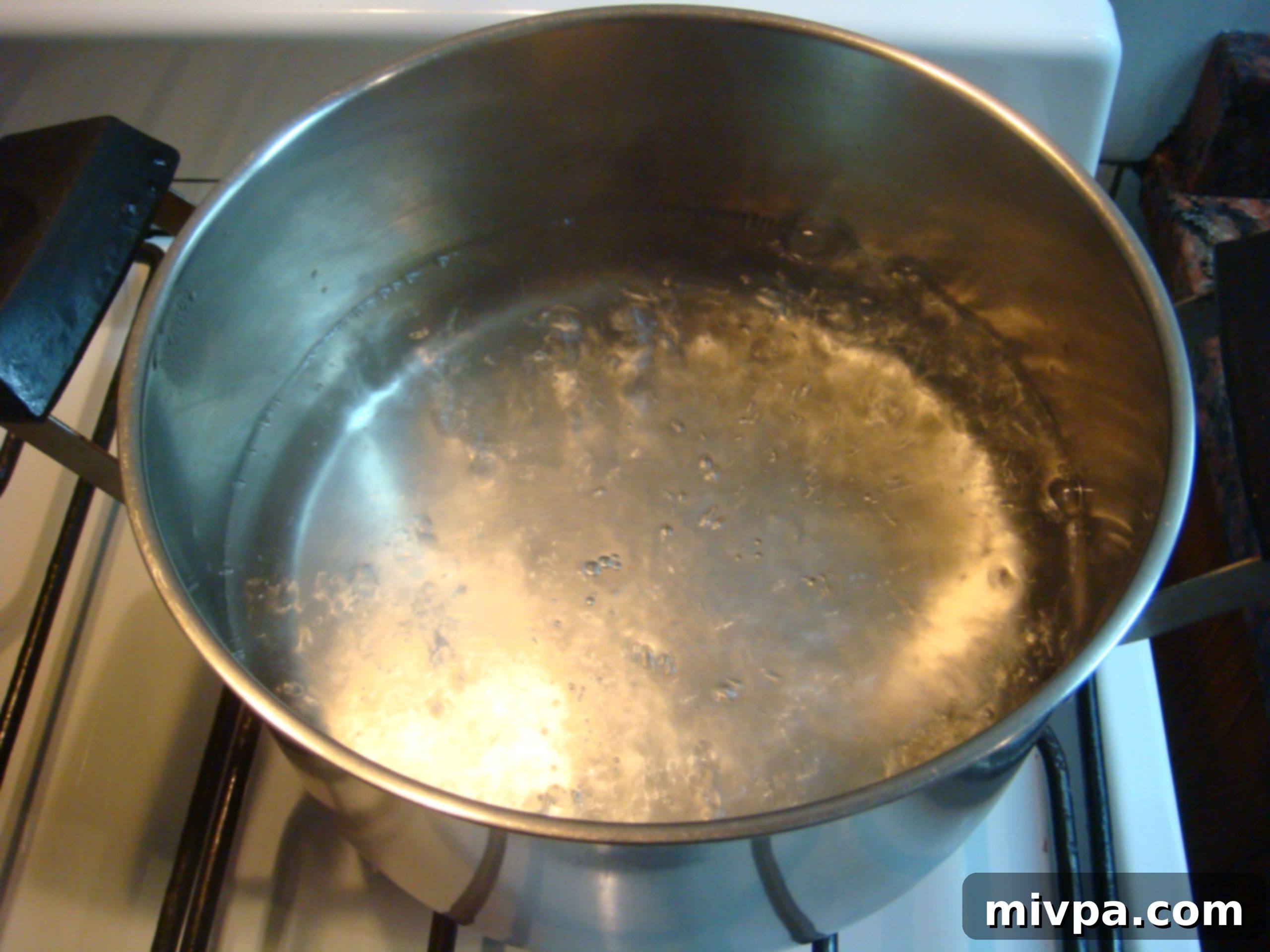
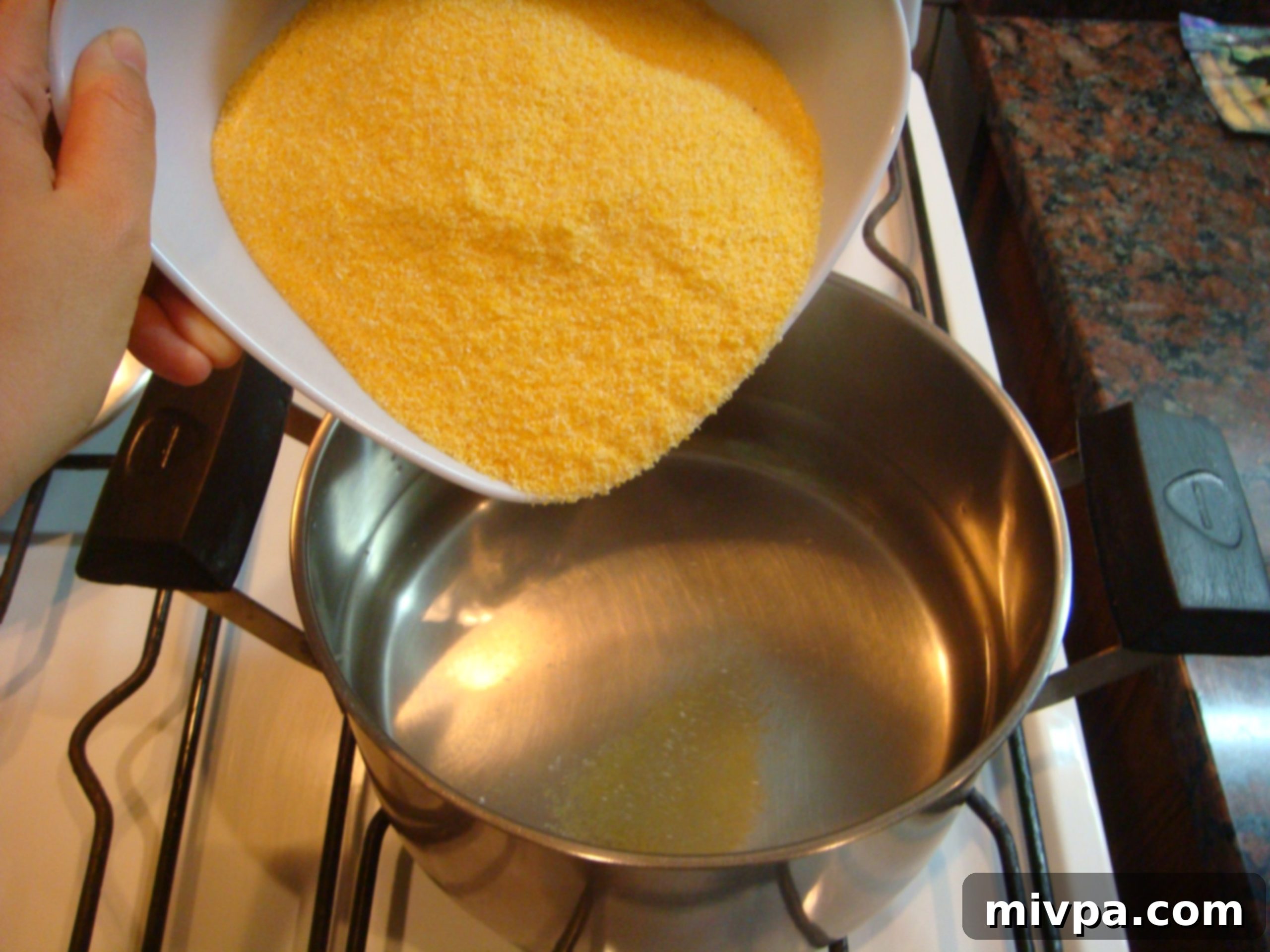
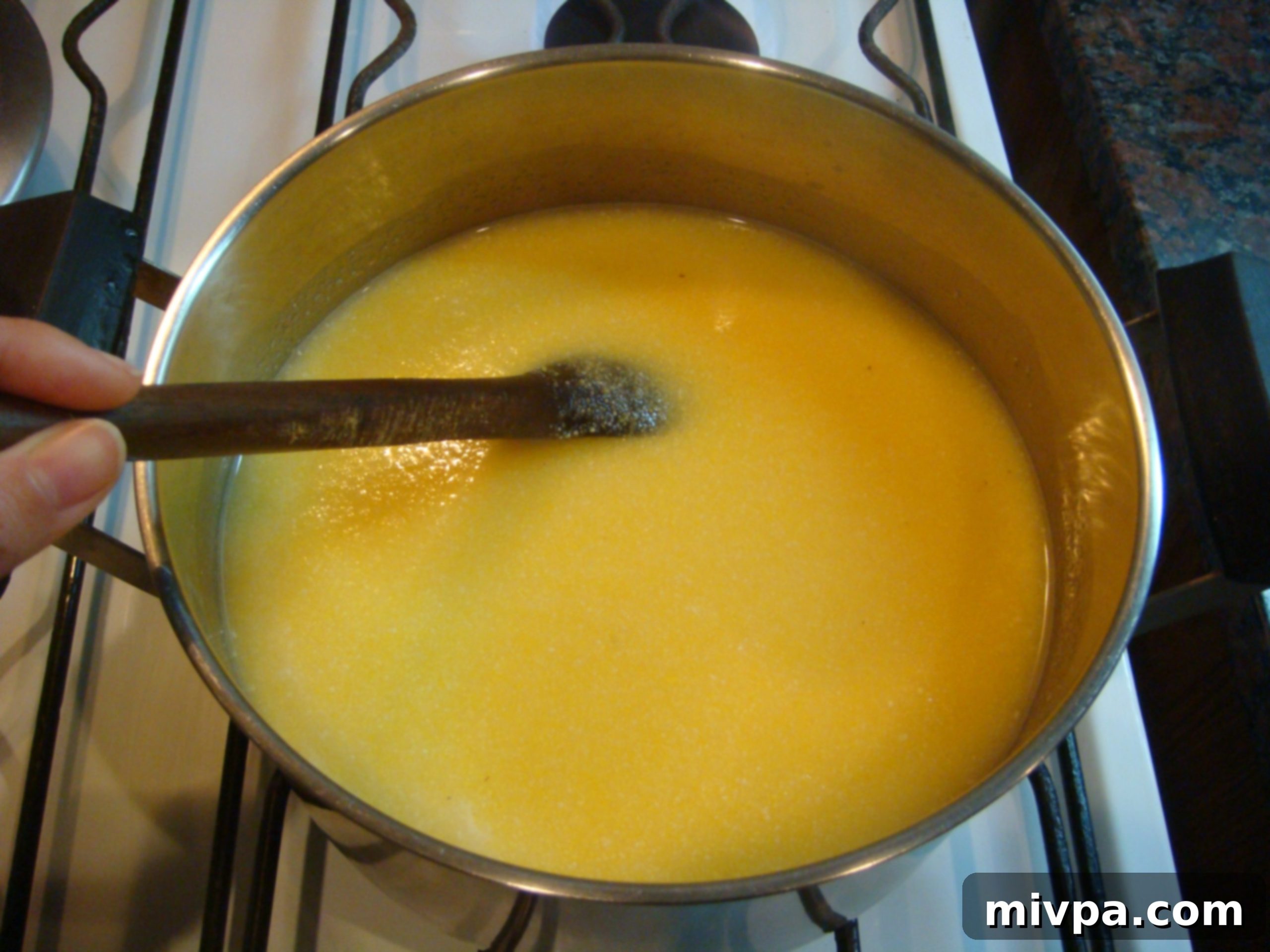
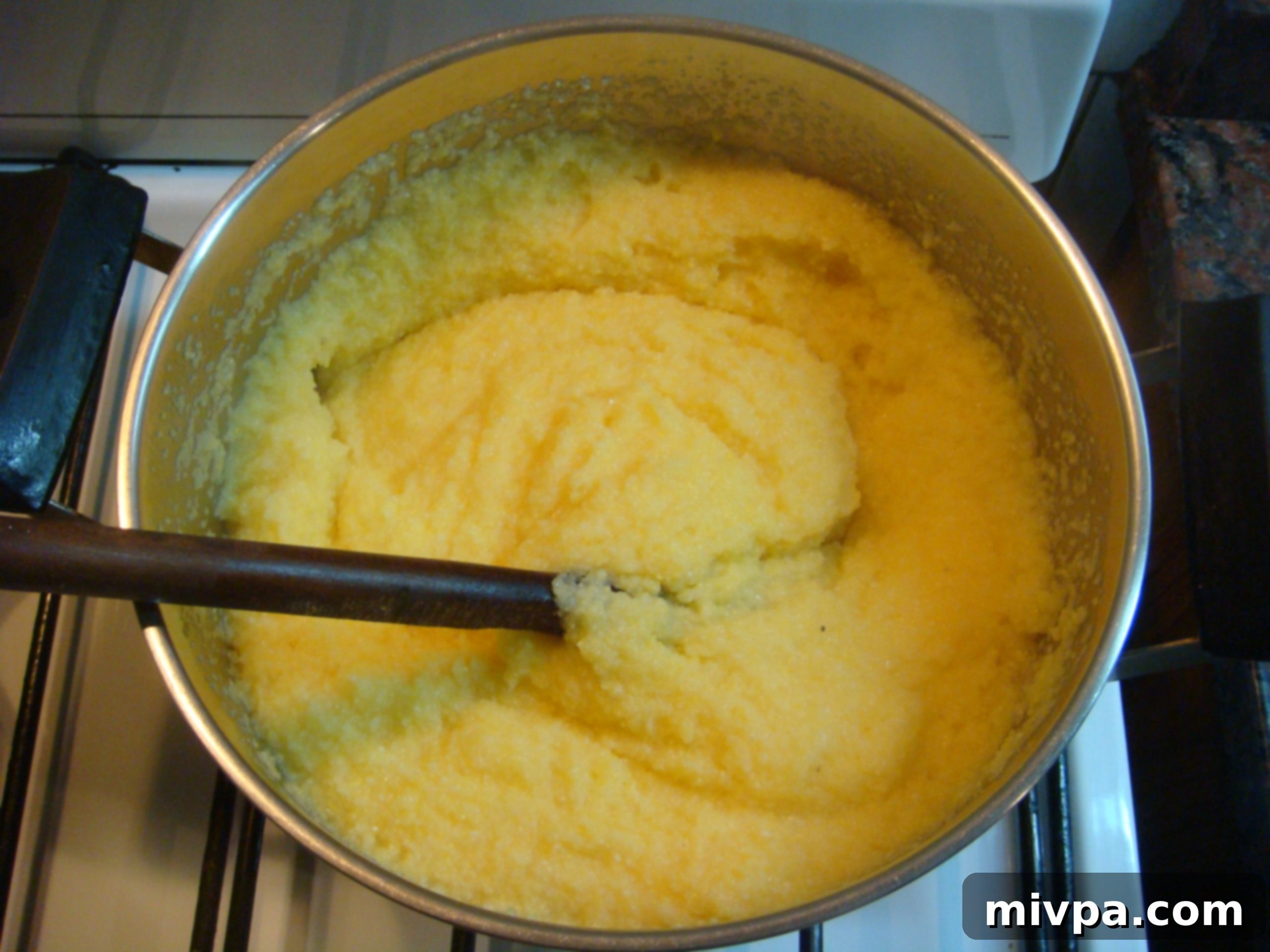

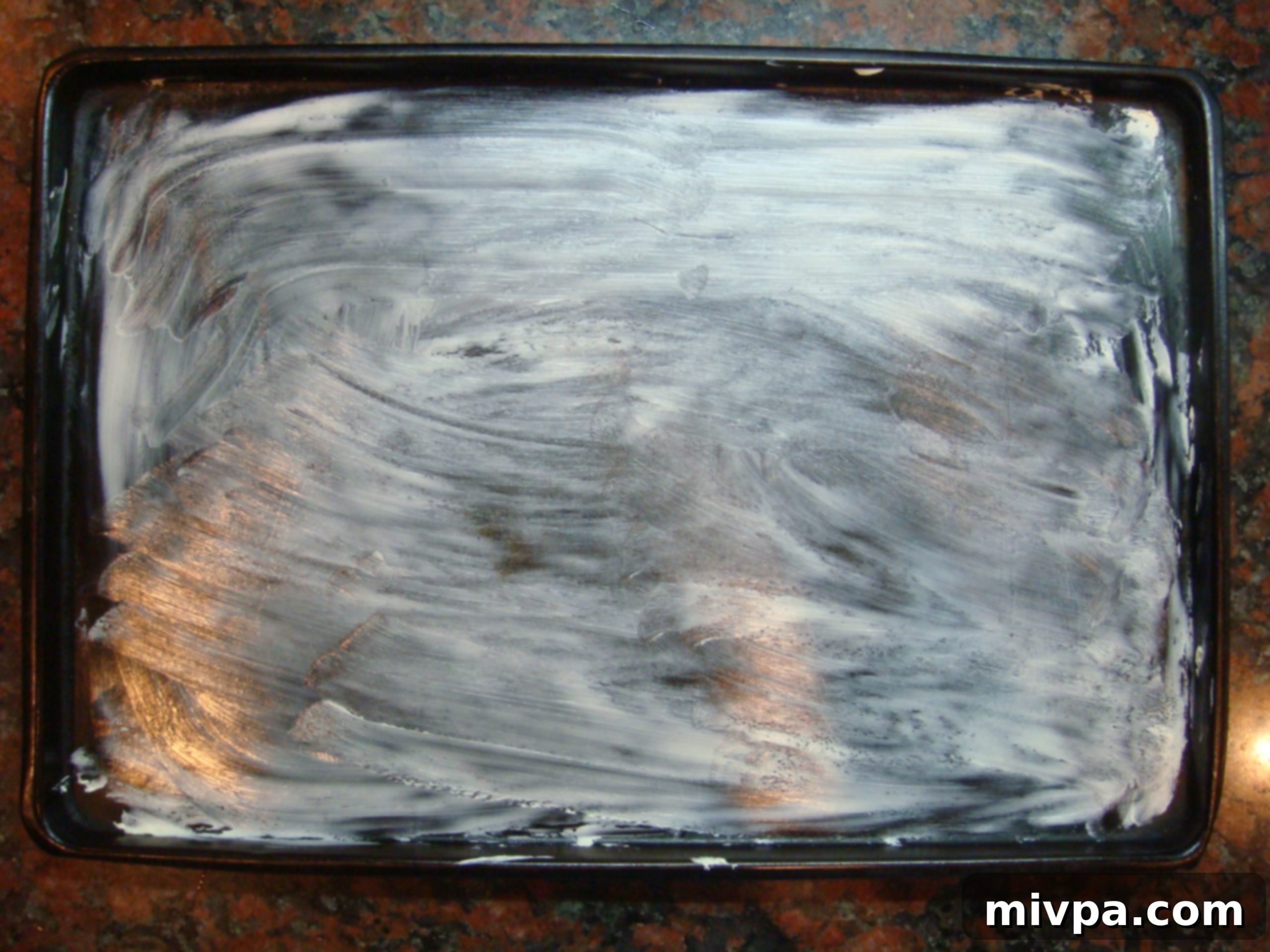
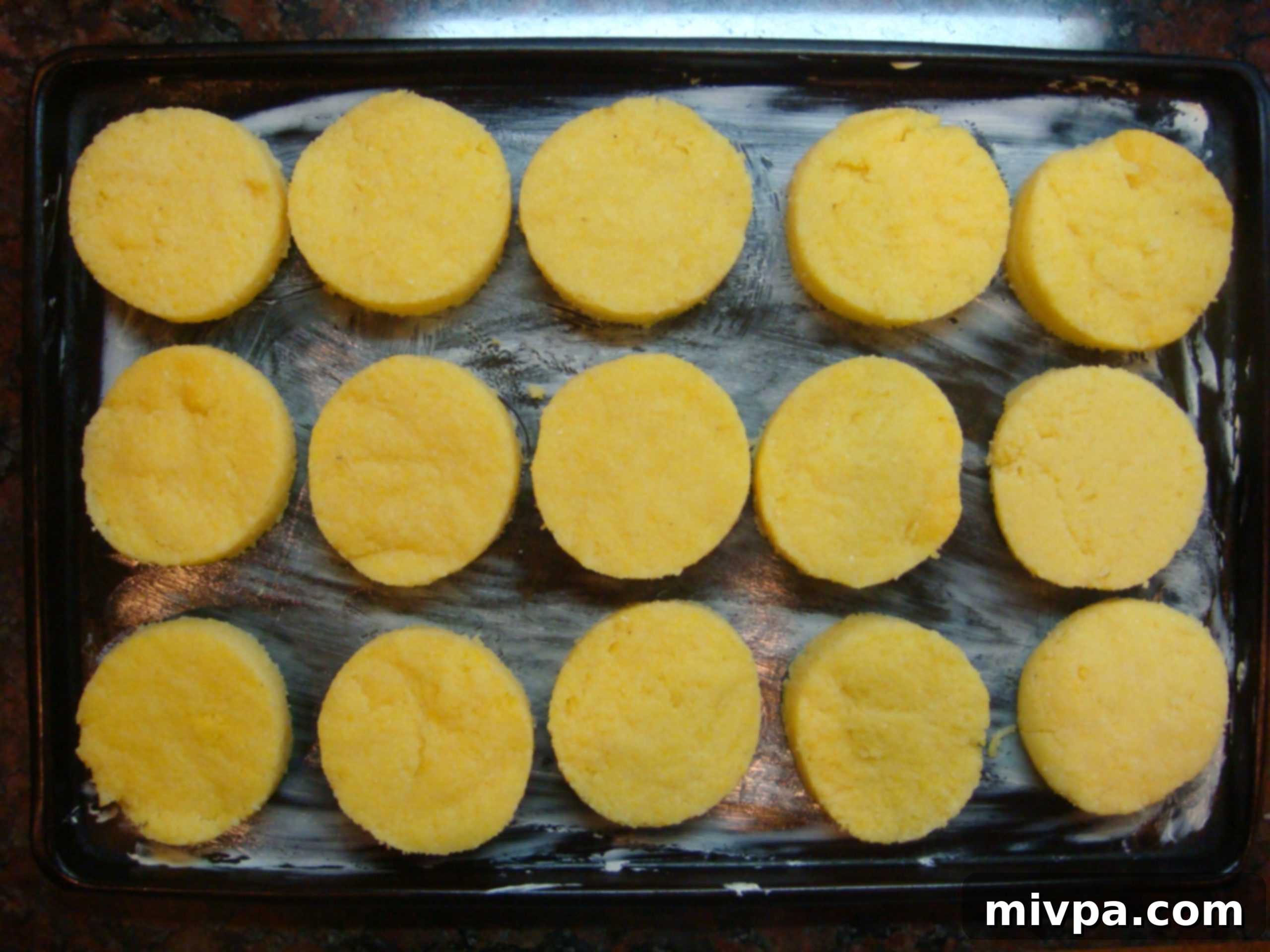

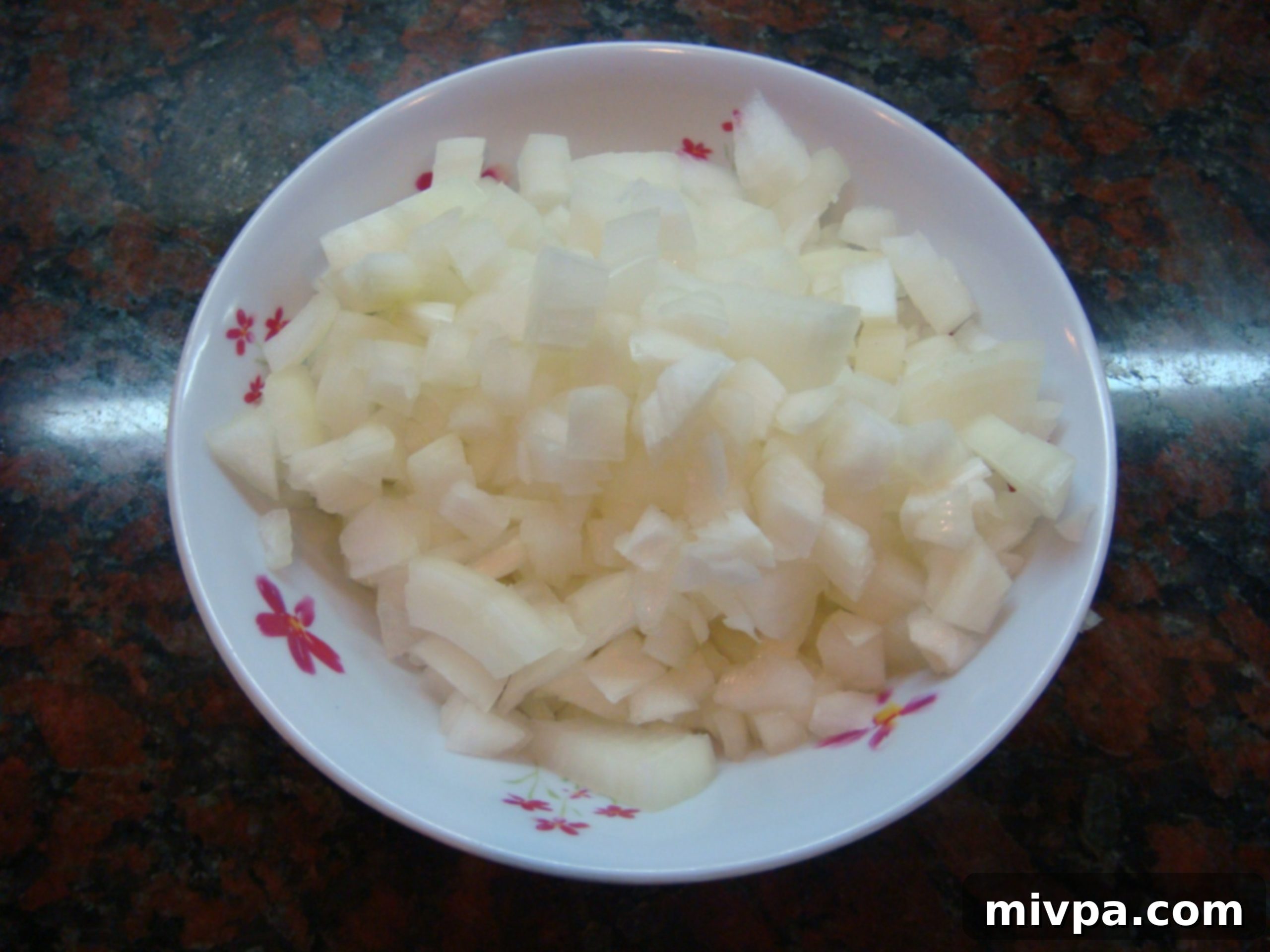
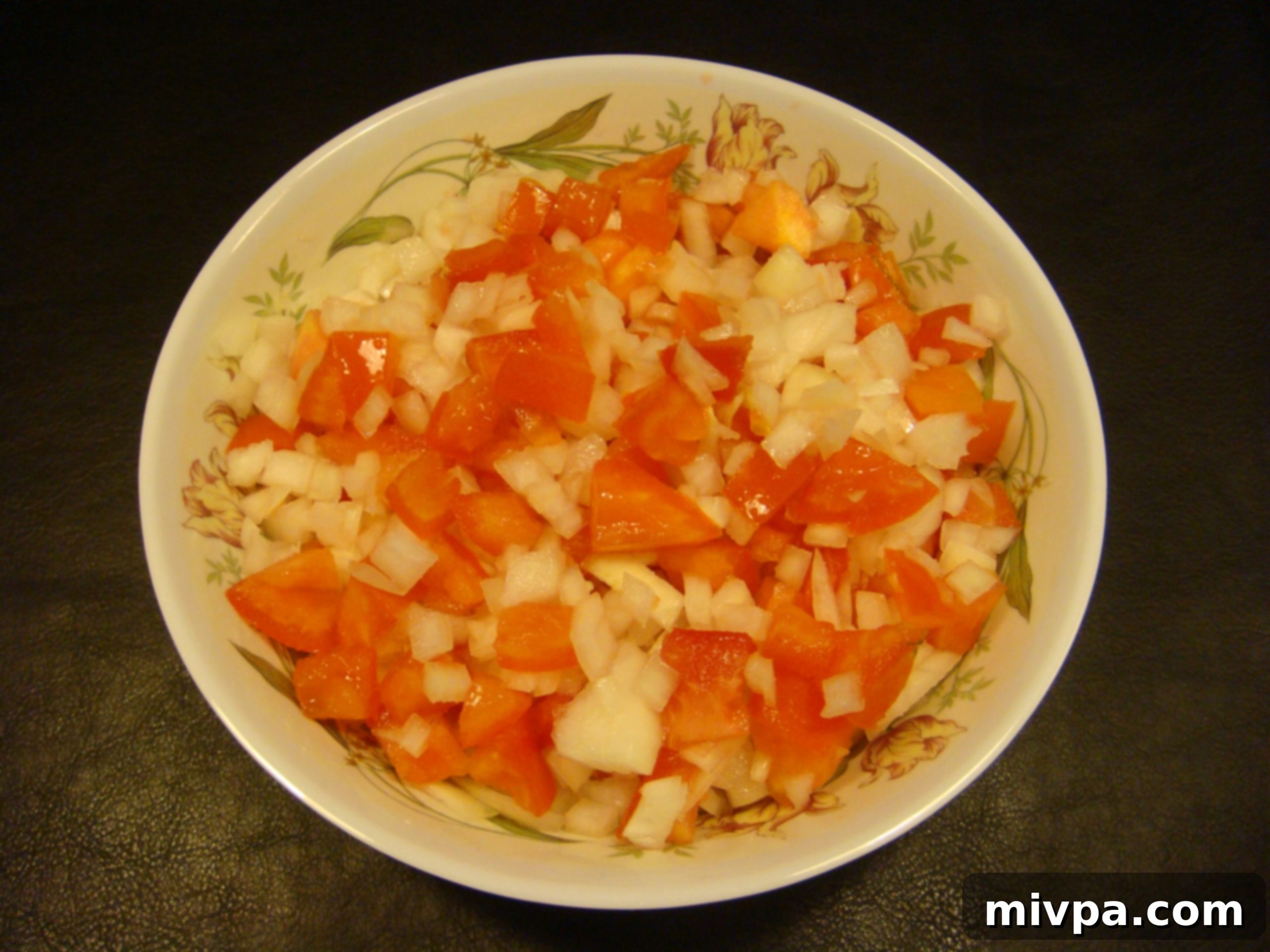
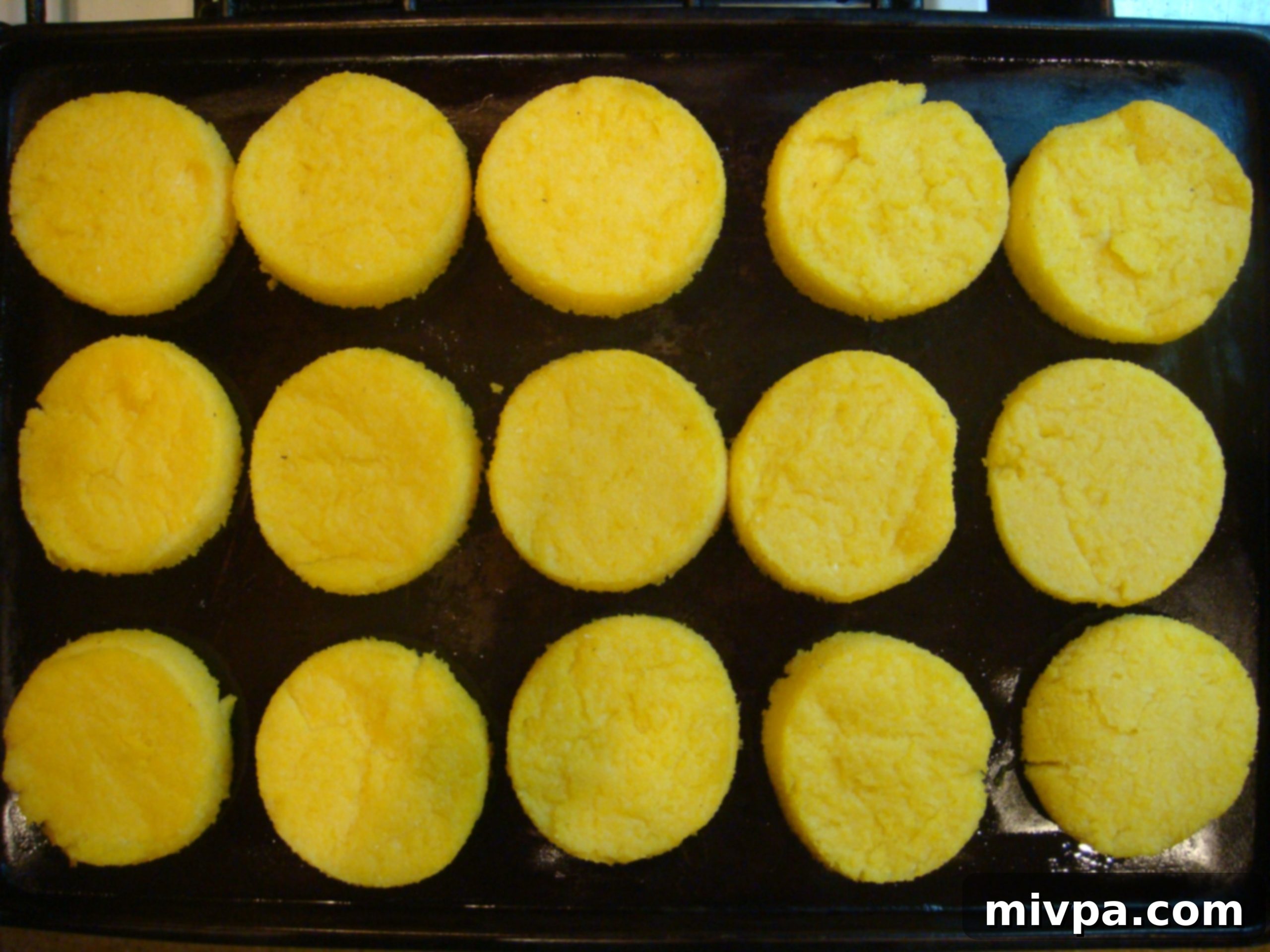
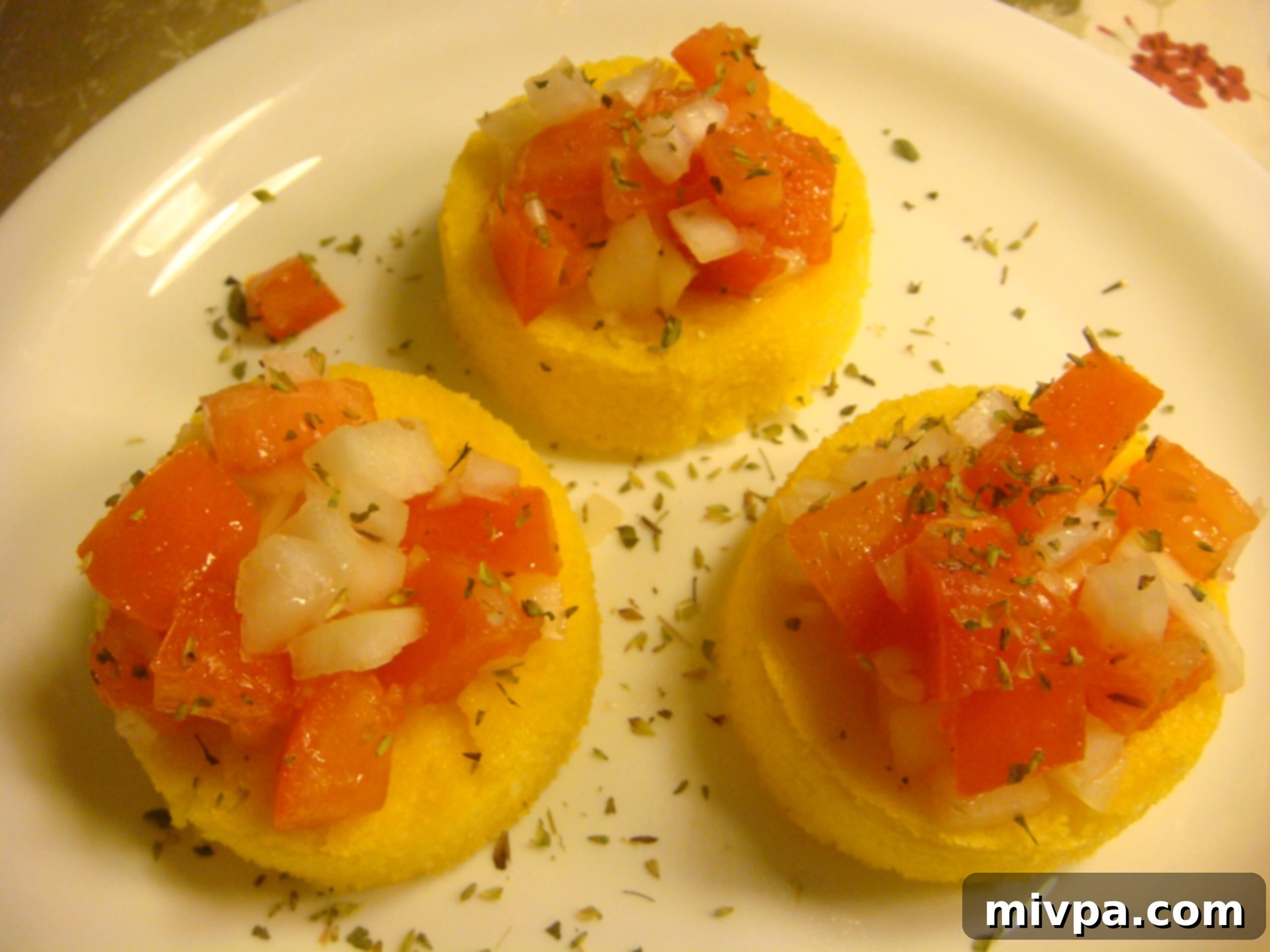
A Delightful Culinary Creation Awaits!
After all this talk and all these mouth-watering images, are you drooling yet? This Baked Polenta Bruschetta with Fresh Tomato-Onion Topping truly delivers on its promise of flavor, health, and simplicity. It’s a fantastic example of how a simple ingredient like polenta can be transformed into an elegant and satisfying appetizer or light meal. Whether you’re aiming for a healthier lifestyle, seeking new culinary adventures, or simply craving something utterly delicious, this recipe is a must-try. Give it a go, and prepare to delight your taste buds and impress your guests with this vibrant and versatile dish. Happy cooking!
